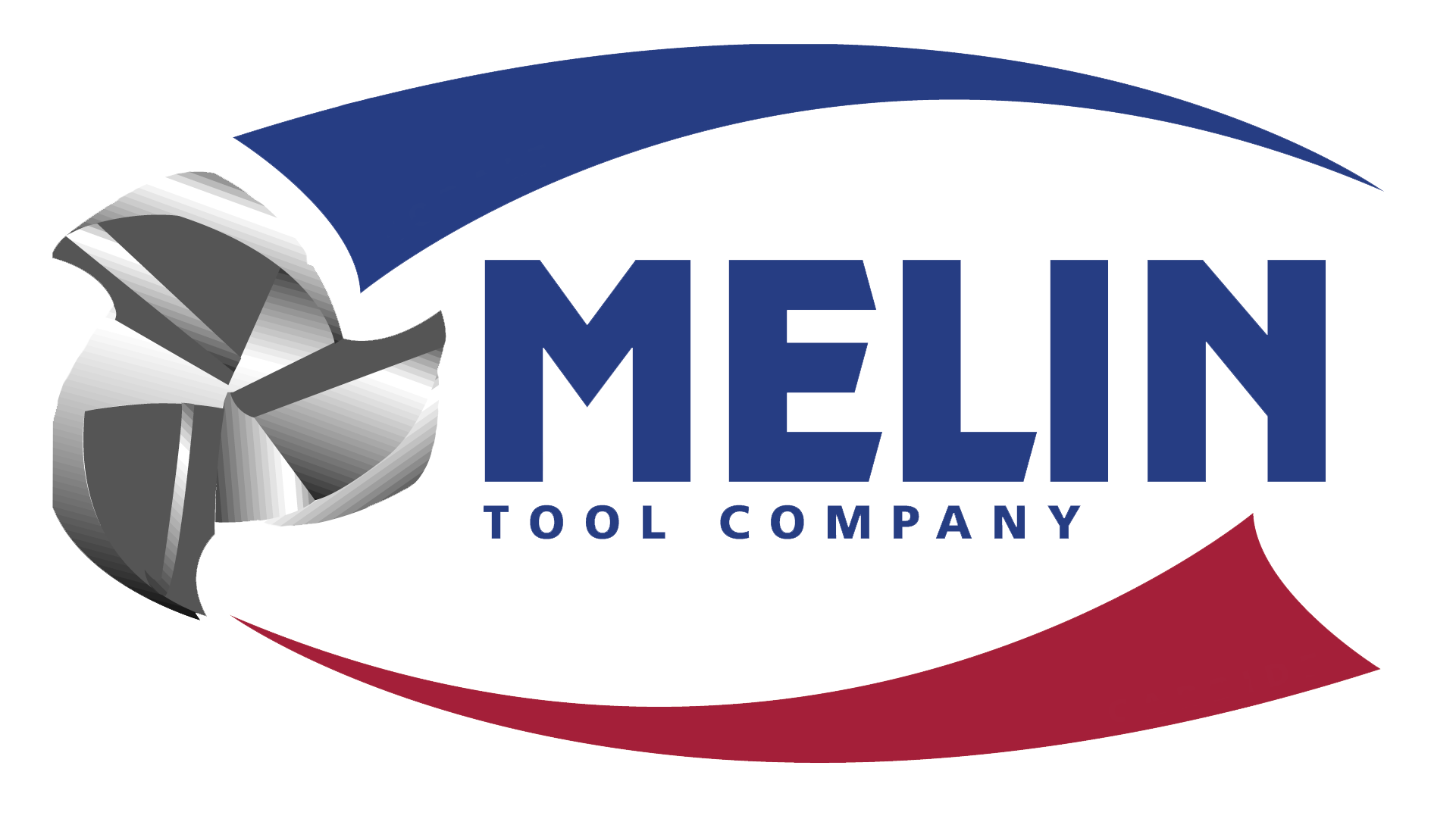German toolholder maker Haimer GmbH recently agreed to license its Haimer Safe-Lock System to the Melin Tool Co., a cutting tool manufacturer based in Cleveland. Melin Tool will offer its endmills to the U.S. market with the Haimer Safe-Lock System, according to a recent Melin Tool news release.

"We are very pleased to have entered into this agreement with the Melin Tool Co.," said Haimer USA President Brendt Holden. "The variable flute geometries utilized by Melin in their endmills lend themselves perfectly to the Safe-Lock System. I am confident that the Melin [Tool] customer base will welcome this technology and its innate ability to increase their productivity on the shop floor."
Melin Tool's solid-carbide endmills reportedly offer a significant reduction in vibration during machining, "thus enabling greater speeds and improved metal removal rates (MRR) as compared to other more conventional designs," according to the Melin Tool news release.
The MRR improvement, however, "can lead to a potential pull-out of the cutting tool during aggressive machining due to higher helix angles and increased cutting forces," the company explained. This led Melin Tool to look for a solution that enables the comany's endmills to realize their full cutting speed potential. That search led to the licensing agreement for the Haimer Safe-Lock System.
The Safe-Lock design in cutting tools and toolholders reportedly combines high-precision, shrink-fit clamping with a positive form locking mechanism. The design is said to prevent round cutting tools from being rotated or completely pulled out from toolholders during heavy machining, and results in a vibration-free machining process.
The Safe-Lock System, which debuted in 2007, experienced four times the growth during 2015 as compared to previous years, the company reported, attributing the growth to an increasing awareness of the technology's application beyond the aerospace industry. The Safe-Lock System reportedly offers cost and time savings in any typical milling application.
Contact Details
Contact Details
Related Glossary Terms
- cutting speed
cutting speed
Tangential velocity on the surface of the tool or workpiece at the cutting interface. The formula for cutting speed (sfm) is tool diameter 5 0.26 5 spindle speed (rpm). The formula for feed per tooth (fpt) is table feed (ipm)/number of flutes/spindle speed (rpm). The formula for spindle speed (rpm) is cutting speed (sfm) 5 3.82/tool diameter. The formula for table feed (ipm) is feed per tooth (ftp) 5 number of tool flutes 5 spindle speed (rpm).
- gang cutting ( milling)
gang cutting ( milling)
Machining with several cutters mounted on a single arbor, generally for simultaneous cutting.
- milling
milling
Machining operation in which metal or other material is removed by applying power to a rotating cutter. In vertical milling, the cutting tool is mounted vertically on the spindle. In horizontal milling, the cutting tool is mounted horizontally, either directly on the spindle or on an arbor. Horizontal milling is further broken down into conventional milling, where the cutter rotates opposite the direction of feed, or “up” into the workpiece; and climb milling, where the cutter rotates in the direction of feed, or “down” into the workpiece. Milling operations include plane or surface milling, endmilling, facemilling, angle milling, form milling and profiling.
- toolholder
toolholder
Secures a cutting tool during a machining operation. Basic types include block, cartridge, chuck, collet, fixed, modular, quick-change and rotating.








